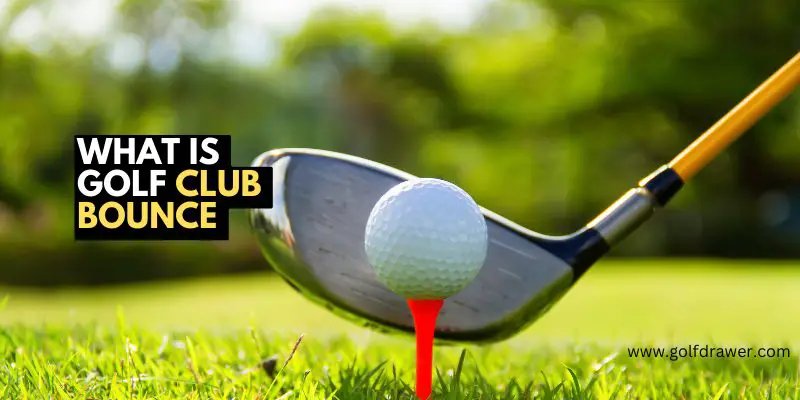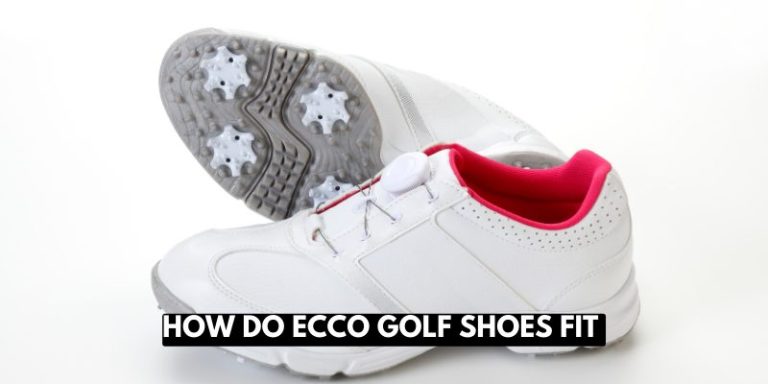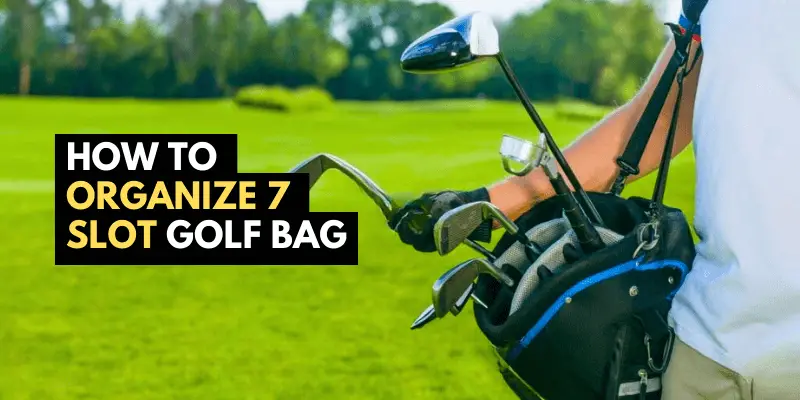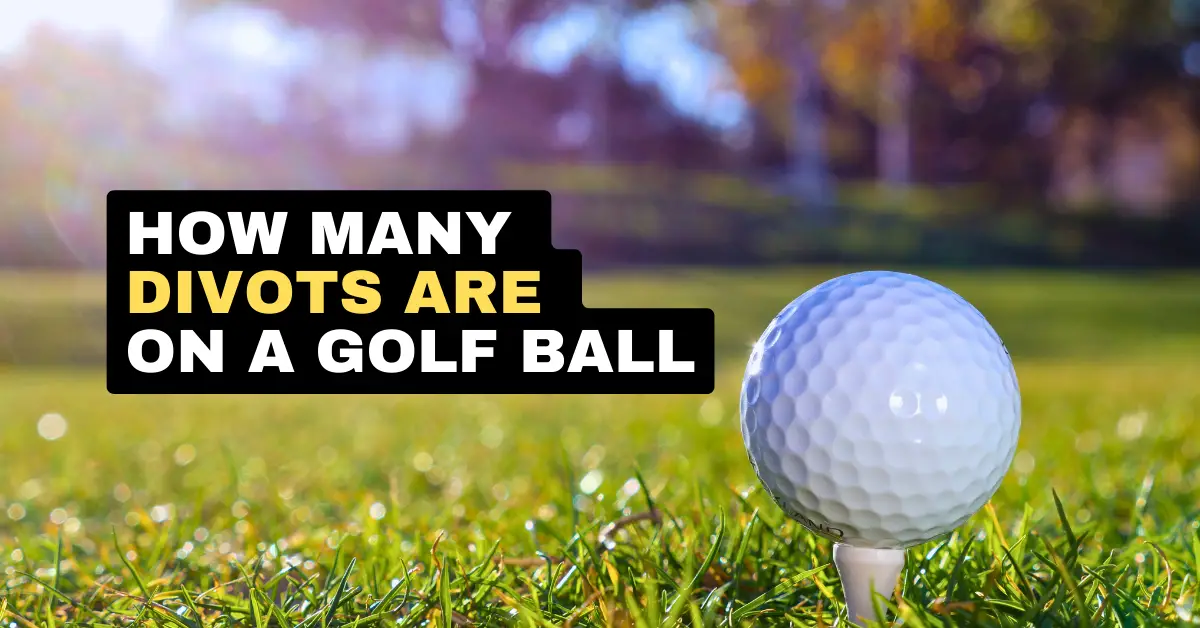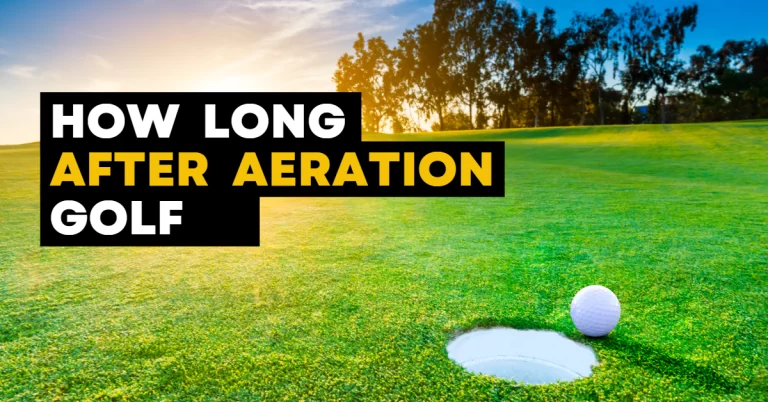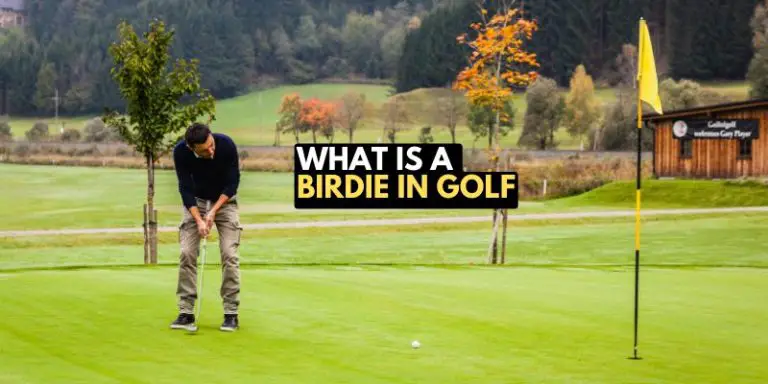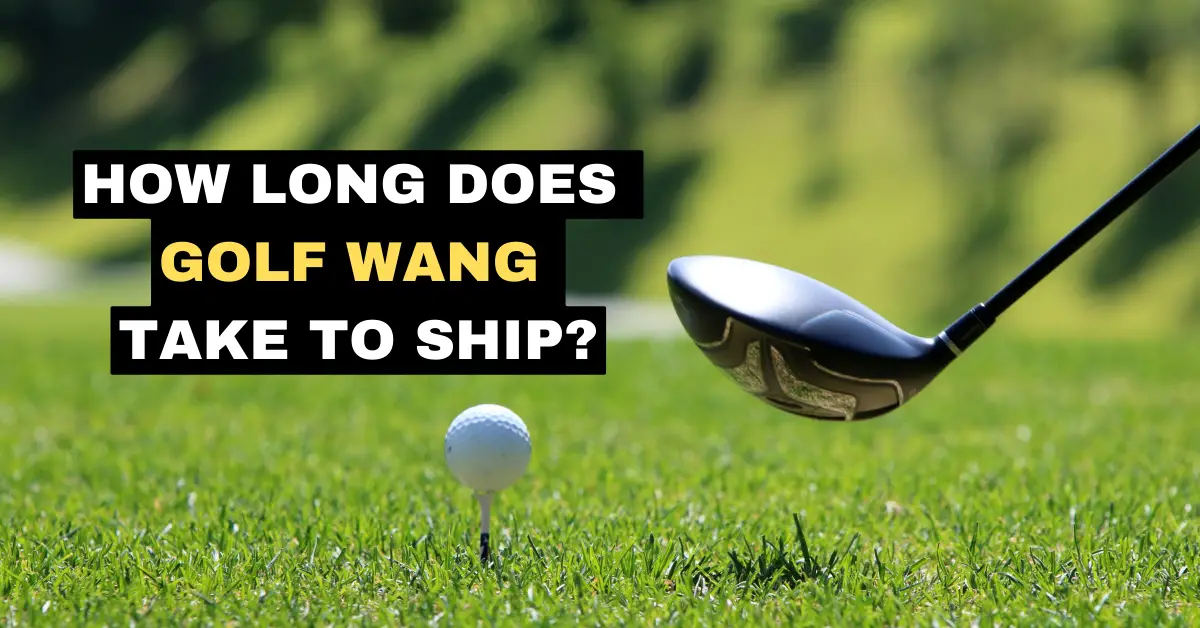What Is Golf Club Bounce: A Guide For Beginners
If you’re a golf enthusiast, you must have encountered the term “bounce” when discussing golf clubs. Golf club bounce is a critical aspect that greatly affects your performance on the course. This comprehensive guide delves into what a golf club bounces, its significance, how it works, and why it matters in your golf game.
Understanding Golf Club Bounce
In simple terms, golf club bounce refers to the angle between the ground and the leading edge of the club’s sole. This angle is crucial in how the club interacts with the turf during a swing. A club with more bounce has a more pronounced angle, while less bounce results in a flatter sole.
How Does Golf Club Bounce Work?
When you swing, the clubhead comes into contact with the ground. The amount of bounce determines how the club reacts during this impact. Clubs with more bounce will only dig into the turf, preventing the club from digging too deep. On the other hand, clubs with less bounce might dig more into the ground, affecting the shot.
Types of Golf Club Bounce
There are generally two types of bounce configurations found on golf clubs:
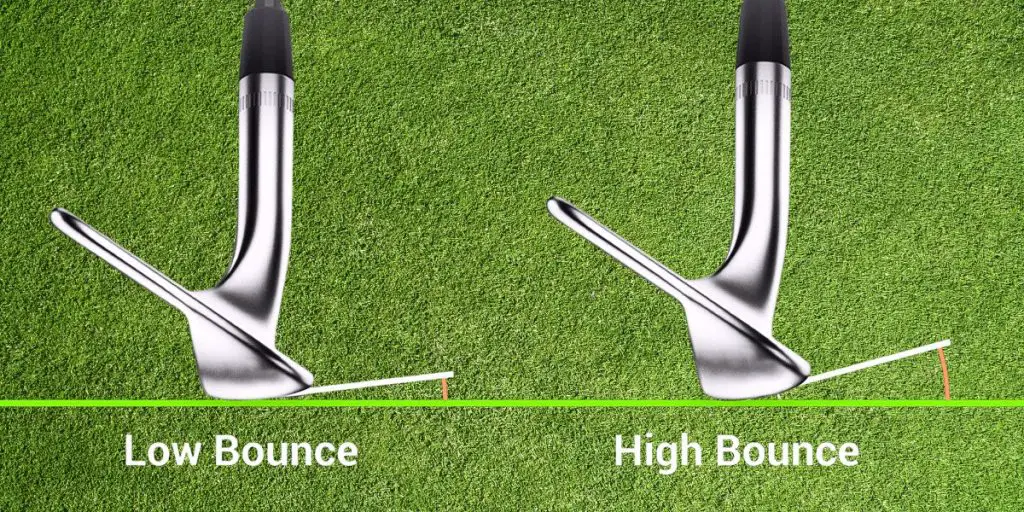
High Bounce
High bounce, or mid-bounce, is the most common type in many golf clubs. It works well in various conditions and is versatile enough to handle multiple turf types. A club with standard bounce often proves reliable for average swing types and course conditions.
Low Bounce
As the name suggests, low bounce has a smaller angle between the sole and the ground. These clubs work best on firm turf conditions, such as hard fairways and tightly-mown areas. Players with shallow swings who pick the ball cleanly prefer clubs with low bounce.
Benefits of the Right Bounce
Choosing the right bounce for your golf clubs can significantly impact your game. Here are some key benefits:
Better Turf Interaction
The right bounce prevents excessive digging and allows the club to glide smoothly through the turf. This results in cleaner contact with the ball and improved shooting consistency.
Enhanced Playability
You can achieve better playability and control over the ball by matching the bounce to your swing type and course conditions. This is especially important in various lies and challenging situations on the course.
Increased Confidence
Knowing that you have the appropriate bounce for your game builds confidence in your abilities. You can trust your clubs to perform as expected, enabling you to focus on your technique and strategy.
Factors Affecting Bounce Selection
Selecting the right bounce involves considering several factors:
- Swing Type: Whether steep or shallow, your swing type influences how the club interacts with the turf. Understanding your swing will guide you in choosing the optimal bounce angle.
- Course Conditions: Different courses have various turf conditions. Courses with soft, fluffy turf benefit from higher bounce, while firm courses require clubs with lower bounce.
- Club Type: The type of club also plays a role in bounce selection. Wedges, for instance, often come in various bounce options to suit different shots around the green.
Getting Fitted for the Right Bounce
Getting a professional club fitting is highly recommended to determine the ideal bounce for your clubs. An expert club, fitter, can analyze your swing, course conditions, and club type to recommend the best bounce options for your game.
Read our experts guide: Bounce – Golf Club Part – Illustrated Definition & Guide
Conclusion
In conclusion, golf club bounce is a critical factor influencing your golf course performance. Understanding the concept of bounce, its types, and the benefits of selecting the right bounce can significantly improve your playability and confidence. You can make informed decisions when choosing the optimal bounce for your golf clubs by considering your swing type, course conditions, and club type. Remember, getting a professional club fitting is the best way to ensure your clubs are tailored to your unique needs, helping you take your golf game to the next level.
